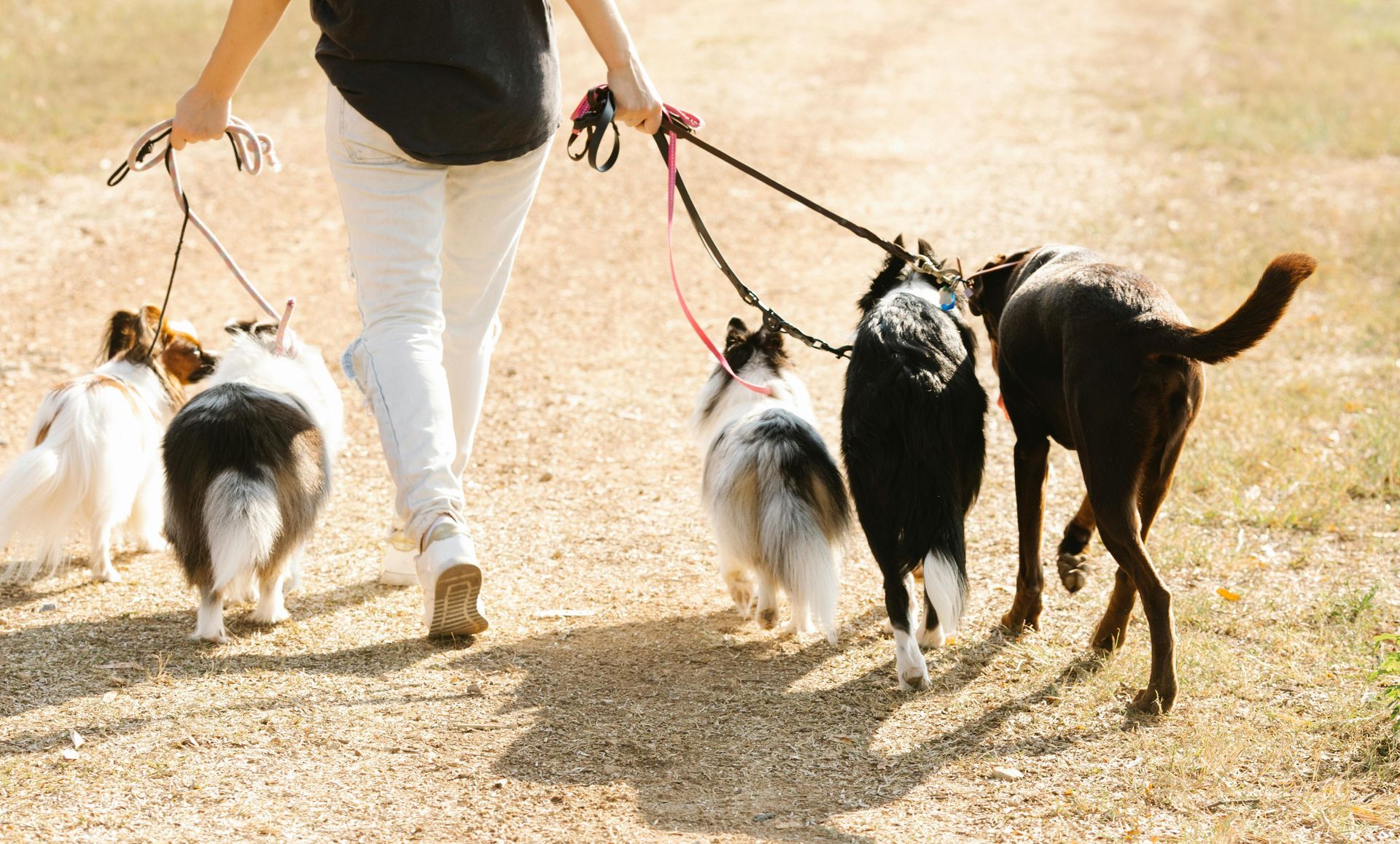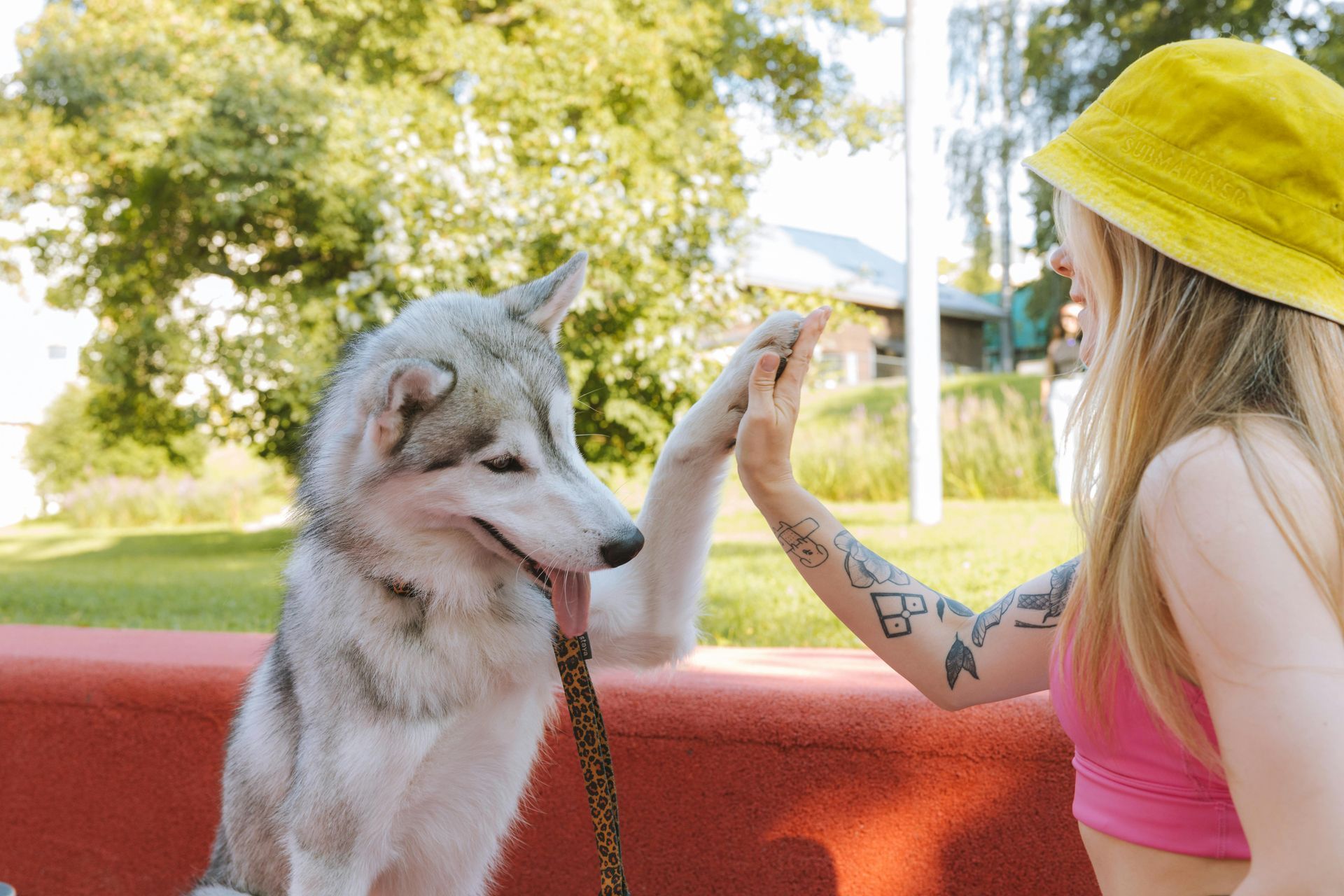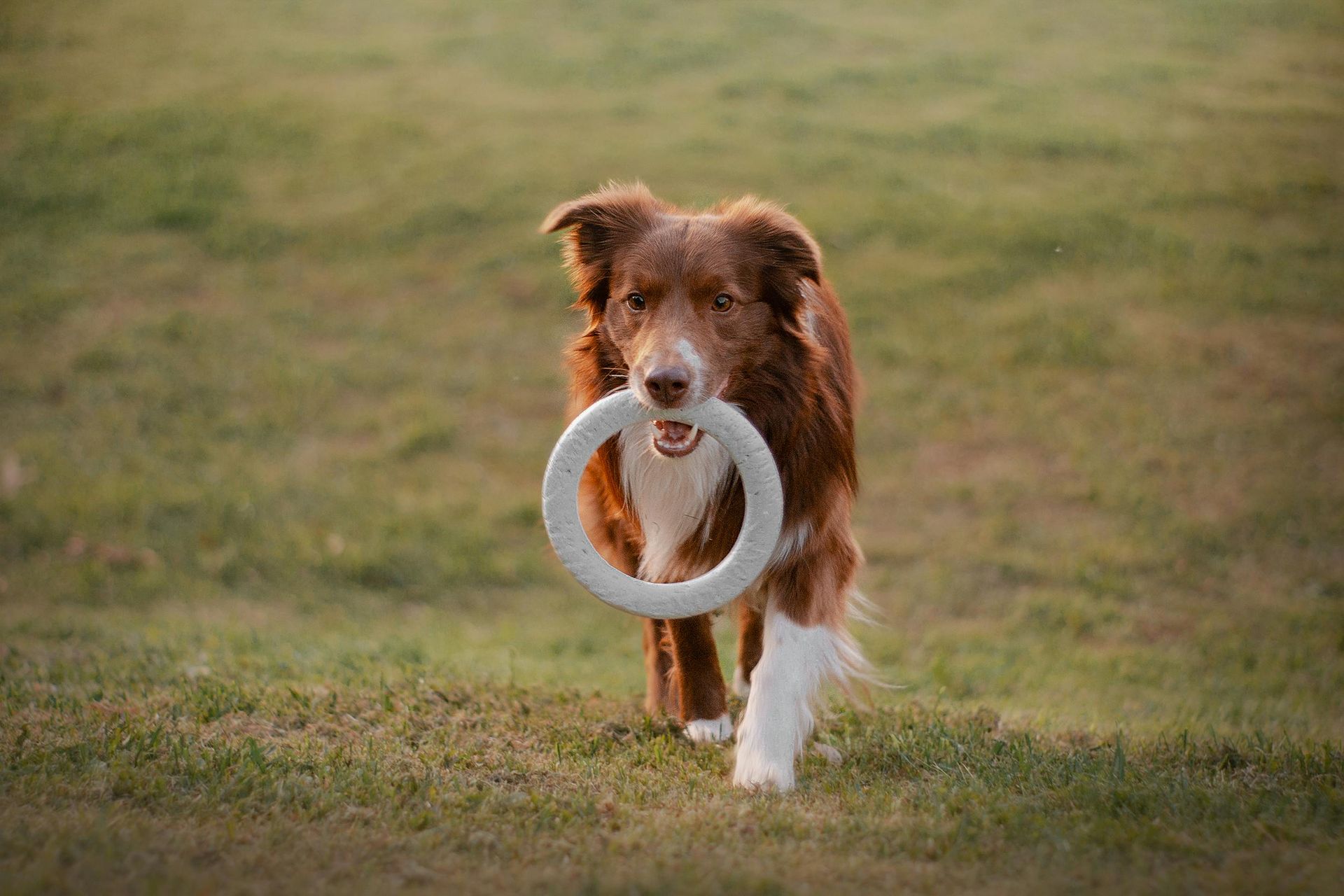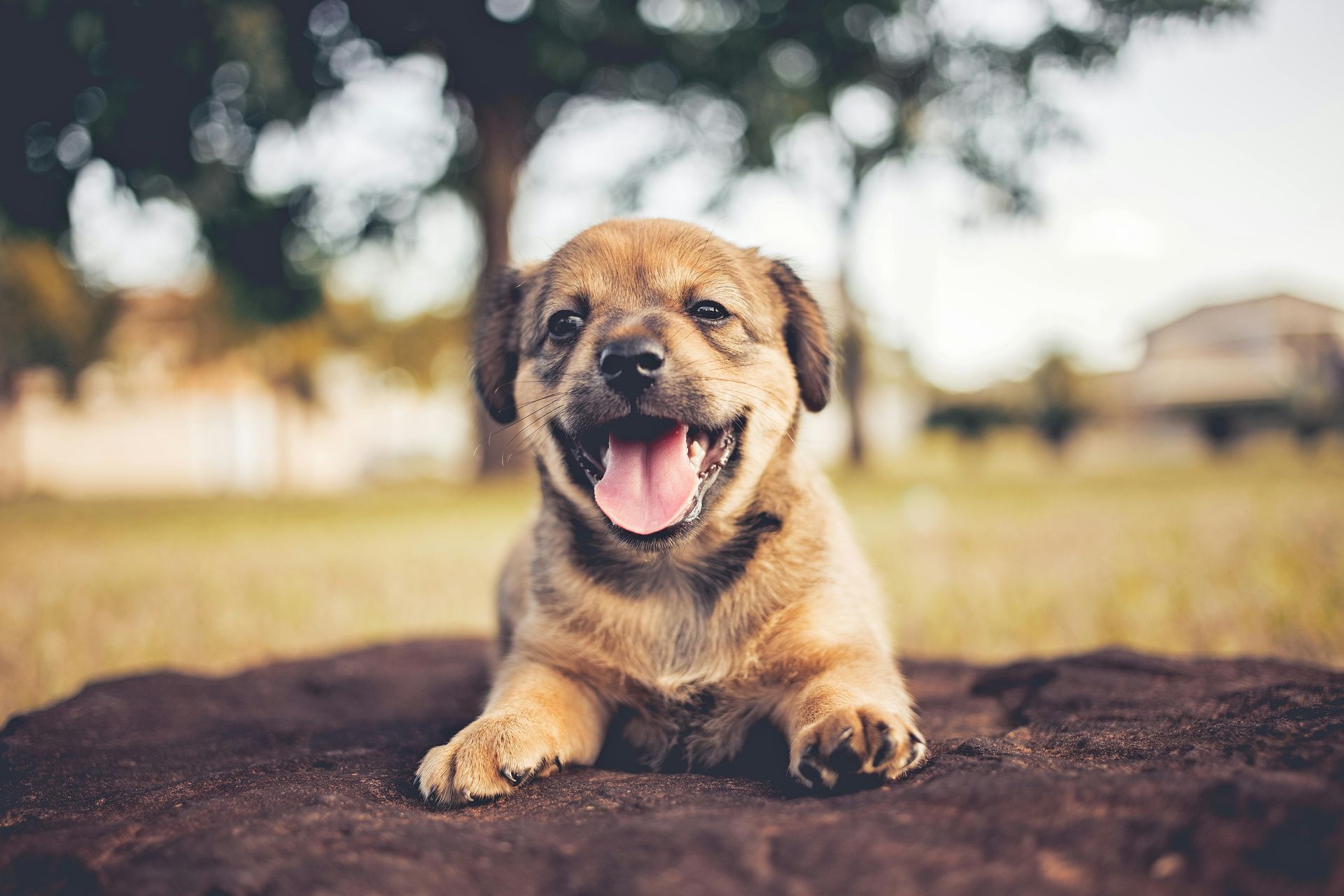Black Widow Bites in Dogs
Black widow spiders, recognized by the red hourglass marking on their abdomen, are notorious for their potent venom. Though they are not aggressive and tend to avoid interaction, their bites can pose serious health risks to dogs, especially when provoked or threatened.
Black Widow Spider Habitat
Black widow spiders thrive in warm climates and are often found in undisturbed areas like woodpiles, under rocks, and in cluttered parts of garages or basements. They might also inhabit outdoor areas such as tree stumps or piles of leaves. During interactions in these environments, dogs can inadvertently threaten spiders, leading to potential bites.
Recognizing a Black Widow Spider Bite
A black widow’s bite can be serious due to the neurotoxic venom it injects, which is effective in over 80% of bites. This venom can cause severe neurological symptoms, including:
- Muscle Tremors and Twitching: Due to the excitation of neurons by the toxin.
- Severe Muscle Cramping: Particularly noticeable in the abdomen, causing a 'hard' belly.
- Elevated Heart and Respiratory Rates: Indicative of systemic toxin effects.
- Vomiting and Diarrhea: Common signs due to the body's reaction to the venom.
- Pain and Swelling at the Bite Site: Often causing distress and vocalization from the affected dog.
Immediate Actions and Treatment
If you suspect your dog has been bitten by a black widow spider, immediate veterinary care is crucial. Here’s what to do:
- Identify the Spider: If possible, safely identifying the spider can help confirm the diagnosis.
- Seek Veterinary Care Immediately: Early intervention is key in managing the effects of the venom.
- Antivenin: While not commonly stocked in general veterinary practices, antivenin is effective against black widow venom and may be available at specialty clinics.
- Supportive Care: Includes intravenous fluids to support organ function and medications to relax muscles and control pain.
- Monitoring: Close observation for secondary symptoms such as seizures or respiratory distress is critical.
Prevention Tips
Preventing spider bites involves managing the environments your dog accesses:
- Keep Yards Clean: Regular maintenance to reduce debris and potential spider habitats can decrease the risk of bites.
- Check and Clean Storage Areas: Ensure garages, basements, and sheds are free of spider webs and nests.
- Supervise Outdoor Activities: Be cautious in areas where black widow spiders may be present.
While most spider bites are not serious, the black widow's bite can be particularly harmful. Awareness of the risks and knowing what to do if your dog is bitten can make a significant difference in the outcome. Always consult with a veterinarian if you suspect a spider bite so that appropriate treatment can begin promptly.








